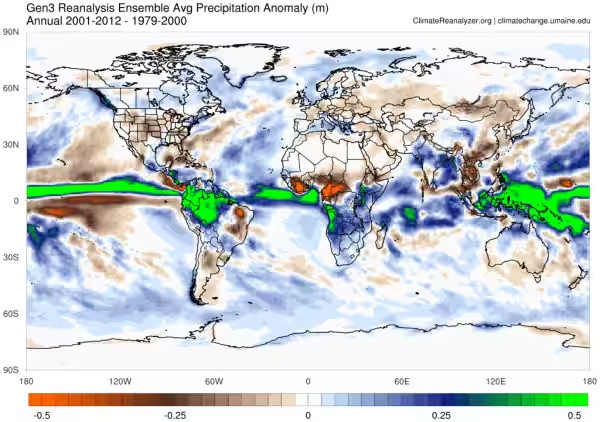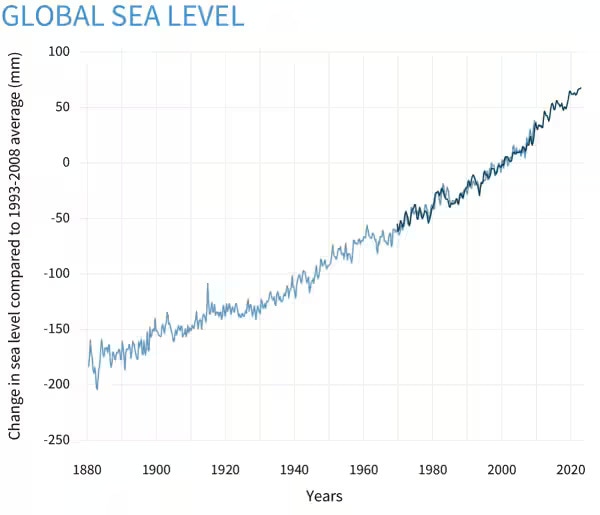© IE Online Media Services Pvt Ltd
Latest Comment
Post Comment
Read Comments
 Emergency team members rescue a young girl during floods in a campsite in Kirklareli province, Turkey, September 5, 2023. Flash floods triggered by heavy rains swept through a campsite in northwest Turkey, killing at least two people, officials said. Attempt questions on floods in today's answer writing practice. (Photo: AP/PTI)
Emergency team members rescue a young girl during floods in a campsite in Kirklareli province, Turkey, September 5, 2023. Flash floods triggered by heavy rains swept through a campsite in northwest Turkey, killing at least two people, officials said. Attempt questions on floods in today's answer writing practice. (Photo: AP/PTI) UPSC Essentials brings to you its initiative for the practice of Mains answer writing. Mains Answer Writing covers essential topics of static and dynamic parts of the UPSC Civil Services syllabus covered under various GS papers. This answer-writing practice is designed to help you as a value addition to your UPSC CSE Mains. Attempt today’s answer writing on questions related to topics of GS-3 to check your progress.
What is Open market operations (OMO)? How are OMOs used to manage liquidity in the system?
What is the relationship between climate change and floods? Discuss the factors which caused deluge in a Mediterranean region.
Introduction
— The introduction of the answer is essential and should be restricted to 3-5 lines. Remember, a one-liner is not a standard introduction.
— It may consist of basic information by giving some definitions from the trusted source and authentic facts.
Body
— It is the central part of the answer and one should understand the demand of the question to provide rich content.
— The answer must be preferably written as a mix of points and short paragraphs rather than using long paragraphs or just points.
— Using facts from authentic government sources makes your answer more comprehensive. Analysis is important based on the demand of the question, but do not over analyse.
— Underlining keywords gives you an edge over other candidates and enhances presentation of the answer.
— Using flowcharts/tree-diagram in the answers saves much time and boosts your score. However, it should be used logically and only where it is required.
Way forward/ Conclusion
— The ending of the answer should be on a positive note and it should have a forward-looking approach. However, if you feel that an important problem must be highlighted, you may add it in your conclusion. Try not to repeat any point from body or introduction.
— You may use the findings of reports or surveys conducted at national and international levels, quotes etc. in your answers.
Self Evaluation
— It is the most important part of our Mains answer writing practice. UPSC Essentials will provide some guiding points or ideas as a thought process that will help you to evaluate your answers.
QUESTION 1: What is Open market operations (OMO)? How are OMOs used to manage liquidity in the system?
Body:
You may incorporate some of the following points in the body of your answer:
— The RBI uses Open market operations (OMOs) in order to adjust the rupee liquidity conditions in the market on a durable basis.
— When the Reserve Bank believes there is excess liquidity in the market, it sells government securities, drawing out rupee liquidity.
— When the liquidity conditions are tight, the central bank buys securities from the market, thereby releasing liquidity into the market.
— Open Market Operations are used as a tool to rein in inflation and money supply in the system. However, when liquidity is sucked out, it can lead to a spike in bond yields as the RBI will release more government securities into the market and bond buyers demand more interest rate on these securities.
— The RBI governor in the post-policy press conference emphasized the bank’s intent for “active liquidity management.” This shows the RBI’s inclination towards tighter liquidity conditions in the future, influenced by both inflation risks and financial stability concerns.
— According to Amnish Aggarwal, head of research at Prabhudas Lilladher Pvt Ltd., the RBI’s approach is clear: merely keeping inflation below the upper band of the target range (at 6 per cent) is insufficient, a more proactive approach is essential.
— The central bank wants to use liquidity management to achieve the target. Historically, the October-May period is observed to have high cash withdrawals due to the festive and wedding seasons.
Conclusion:
— The RBI governor hinted that the RBI could opt for an OMO sales auction of government securities to mop up any build-up of excess liquidity. The RBI has been conducting OMO sales in the secondary market over the past month, with net sales amounting to Rs 6,200 crore in September.
— The yield on the benchmark 10-year government bonds shot up by 12 basis points to 7.34 per cent as the market anticipates an OMO shortly, which is expected to tighten liquidity in the system.
(Source: Why the RBI’s Open Market Operation plan caught the market by surprise by George Mathew)
Points to Ponder
Why RBI want OMO?
What is incremental cash reserve ratio (I-CRR)?
Related Previous Year Question
Is inclusive growth possible under market economy? State the significance of financial inclusion in achieving economic growth in India. (2022)
QUESTION 2: What is the relationship between climate change and floods? Discuss the factors which cause deluge.
Introduction:
A simple introduction to this answer can revolve around a general statement about floods and climate change.
— Climate change is inducing floods directly, with higher temperatures, there is more evaporation from land, oceans and water bodies, which means a warmer atmosphere can hold more moisture.
— According to the experts, for every 1 degree Celsius rise in average temperature, the atmosphere can hold about 7 per cent more moisture.
— It makes storms more dangerous as it leads to an increase in precipitation intensity, duration and/or frequency, which ultimately can cause severe flooding.
Body:
You may incorporate some of the following points in the body of your answer:
Factors causing Deluge
— A recent study, published by the journal Nature, showed that since 2002, precipitation extremes have been closely correlated with rising temperatures.
— According to the report by the Grist magazine, “Warmer air can suck moisture out of the soil, amplifying droughts. On the flipside, warm air can also hold more moisture, meaning that it can transport more water into an already wet region”.
— Higher global temperatures have resulted in the melting of glaciers and ice sheets, leading to an increase in sea levels, which puts coastal regions at higher risk of flooding. According to a 2022 report by NOAA Climate, the global mean sea level has risen about 21–24 centimetres since 1880.
 Credit: Climate Analyzer
Credit: Climate Analyzer
There are some other factors that affect flooding such as —
Topography
Weather patterns
Blocking high pressure pattern
Deforestation
Inadequate maintenance of infrastructure
Human encroachment into floodplains
 Credit: NOAA
Credit: NOAA
Conclusion:
— Parts of central Greece, northern Turkey, southern Brazil, central and coastal Spain, southern China, Hong Kong, and the southwestern United States were swamped by heavy rain. While a Mediterranean storm named Daniel caused flooding in Libya, Greece, and Turkey, a cyclone devastated Brazil, and Typhoon Haikui produced flooding in Hong Kong and China.
Points to Ponder
What are flashfloods?
Glacial lake outburst flood
Related Previous Year Questions
The interlinking of rivers can provide viable solutions to the multi-dimensional inter-related problems of droughts, floods, and interrupted navigation. Critically examine. (2020)
Account for the huge flooding of million cities in India including the smart ones like Hyderabad and Pune. Suggest lasting remedial measures. (2020)
UPSC Essentials: Mains answer practice — GS 1 (Week 18)
UPSC Essentials: Mains answer practice — GS 1 (Week 19)
UPSC Essentials: Mains answer practice — GS 2 (Week 19)
UPSC Essentials: Mains answer practice — GS 2 (Week 18)
UPSC Essentials: Mains answer practice — GS 3 (Week 19)
UPSC Essentials: Mains answer practice — GS 3 (Week 18)
Subscribe to our UPSC newsletter and stay updated with the news cues from the past week.
https://www.youtube.com/watch?v=BgU2a8mA6oQ?si=CQ1sKA5wyAE68FcO

Read UPSC Magazine